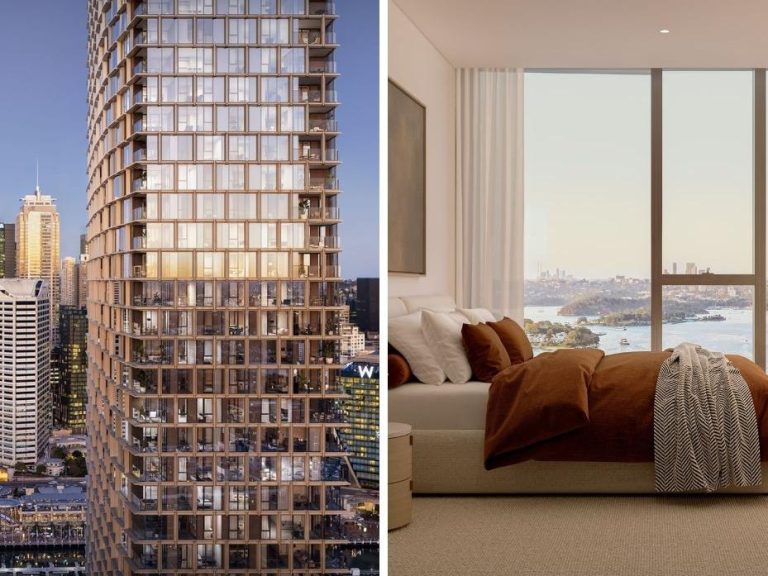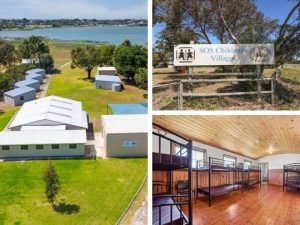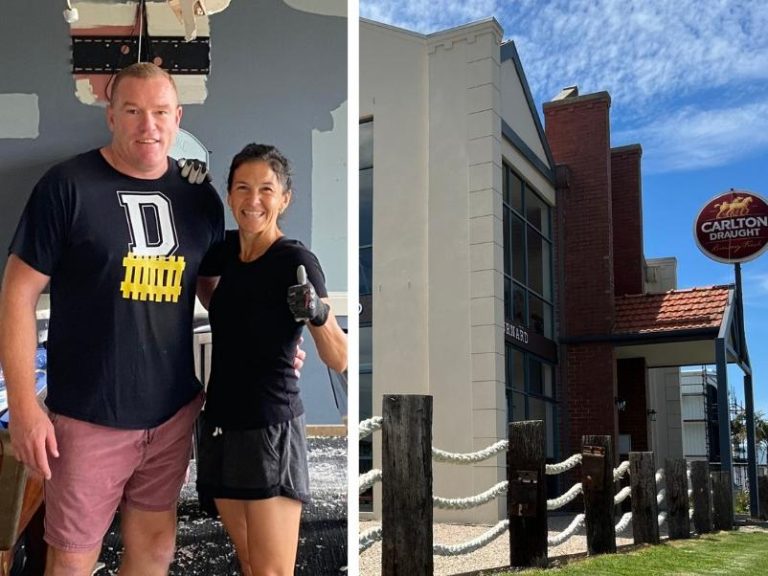How the digital revolution is changing commercial property forever

We have watched digital technology rewrite the rule books in media and retail. The next sector to be transformed is bricks and mortar — a key linchpin of many Australian investment strategies.
US-based Tim Wang is the head of investment research at Legg Mason’s Clarion Partners which manages $US45 billion in commercial real estate investments.
He is in Australia to explain how the Australian property industry is set to be impacted by the revolutionary trends that are unfolding in the US. The Wang/Clarion scenarios are mind-blowing and will require different property investment strategies to the ones that have delivered great returns over many decades. Wang says that the momentum for clicks to replace bricks in retailing is only just starting and similar developments will extend to housing and office rentals.
Commercial Insights: Subscribe to receive the latest news and updates
In the US e-commerce currently covers just 12%of retail sales but all the research shows that in seven years (by 2025) online sales will embrace at least 30% of the retail market and the proportion is set to rise further.
As explained below, retail property investment is transformed. But simultaneously roaring down the e-commerce track is the banking and finance revolution which will extend into most while collar professions; the so called “sharing economy” which dramatically changes offices and housing; the enormous swing to smaller enterprises; the revolution in manufacturing and finally the biggest all the changes —-the driverless car/truck which is likely to start its big impact in around 10 years. All these events and more are set to transform property investment trends.

The tech revolution will help change the uses for office space. Pic: Jenny Evans.
The US has a greater intensity of retail than Australia and once digital sales reach 30% a vast amount of retail space will need to find a new use. The truly great centres will hold their value but many will fall because the returns will be lower. Adding to the surplus retail space will be the fall in bank employment, which is set to decline by at least 25%. Many branches will be closed.
So what do we do with the excess retail space? Some will be used for health and restaurant activities but others will be transformed into robot-driven warehouses which will be set up close to consumer markets to enable faster delivery.
Warehouses are the engine room of online retailing and will be the new boom property industry. Clarion estimates that every $1 billion in new e-commerce sales will require 1.25 million square foot of warehouse space.
The next part of the property transformation is the so called “sharing” economy where instead of property being tenanted by long-term tenants, it is shared. That sharing is highlighted by the growth of Airbnb in accommodation and WeWork in offices. These two companies had market capitalisations totalling just $US15 billion in 2014, but now total $US50 billion. The number of US users of the sharing economy is currently 56 million but in four years will rise to 86.5 million.
In the office space the model requires a link company taking a longer term lease and then sub leasing it on short-term leases to small enterprises, which are growing rapidly. The model is very vulnerable to a major economic downturn so increases the risk of office investment. In the US high paid white collar executives like to work in prestige buildings but their space is being shared so on a person basis less space is required. But back offices are being decentralised into areas where both office rent and accommodation costs for workers is much cheaper.
This article originally appeared on www.theaustralian.com.au/property.







